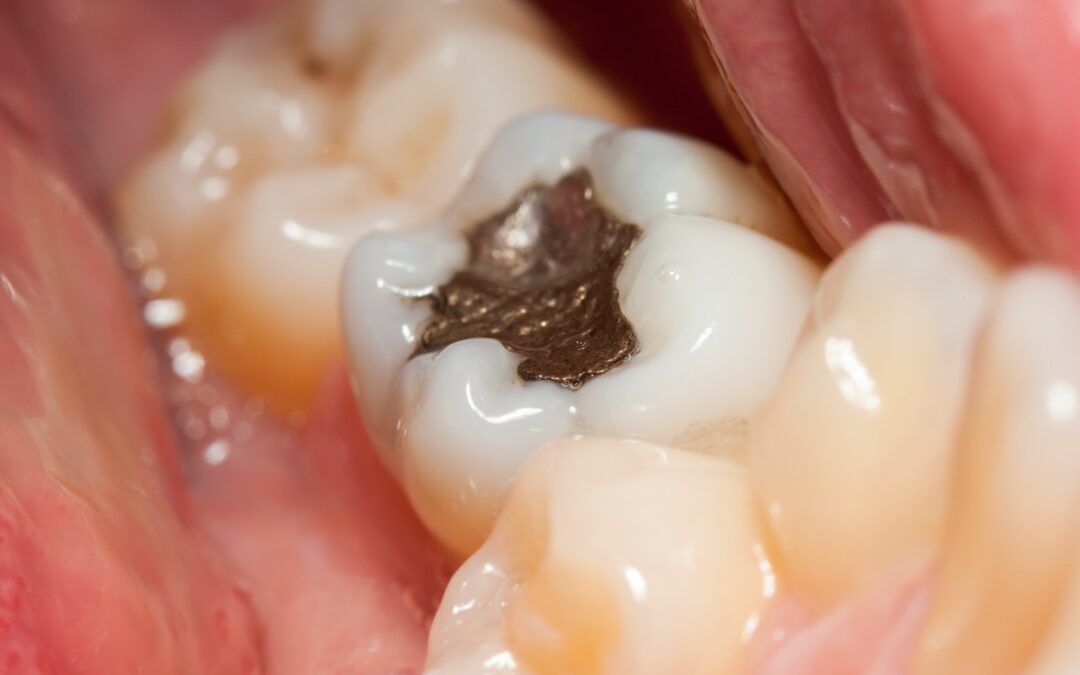When it comes to dental health, maintaining your teeth is always the priority. However, if you have a cavity, treating it promptly with the right filling is essential. But what’s the best option for you? Understanding the different dental filling choices can help you make an informed decision during your consultation with your dentist.
This blog will explain the three most common types of dental fillings and help you understand their unique advantages and considerations.
What Are Dental Fillings?
Dental fillings are materials used by dentists to restore teeth damaged by decay or cavities. They repair the tooth, restore its function, and prevent further damage. Each type of filling has its characteristics, which cater to different needs, preferences, and budgets.
Factors to Consider When Choosing a Filling
Your dentist will help you make the best choice based on factors such as:
- The size and location of the cavity
- Durability and how long the filling will last
- Cosmetic considerations and how natural it will look
- Insurance coverage or out-of-pocket costs
Now, let’s explore the most popular dental filling materials and why you might consider each one.
1. Composite Resins (Tooth-Colored Fillings)
Composite resins, often referred to as tooth-colored fillings, are a modern favorite. Made from a blend of glass or quartz particles, they offer good durability and a beautiful, natural appearance, blending perfectly with your teeth.
Key Features:
- Best for small to mid-sized cavities
- Works well for both front and back teeth
- Resistant to fractures caused by moderate chewing pressure
- Ideal for those who prioritize aesthetics
However, these fillings may come at a higher cost than traditional options. Despite this, many patients love their realistic appearance and the fact they virtually “disappear” once placed.
2. Dental Amalgam (Silver-Colored Fillings)
Amalgam fillings have been used by dentists for generations and are known for their strength and affordability. Made from a mixture of metals, including mercury, silver, tin, and copper, these fillings are extremely durable.
Key Features:
- Highly resistant to wear and tear, lasting for decades
- Ideal for large cavities or areas that endure heavy chewing, like molars
- More cost-effective compared to composite resins or gold
While amalgam fillings are strong and reliable, they are not as natural-looking as tooth-colored fillings. If the appearance of a filling matters to you, especially for visible teeth, this option may not be the ideal fit.
3. Gold Fillings (Inlays and Onlays)
Gold fillings are the premium choice for patients who seek ultimate durability. Made from an alloy of gold, copper, and other metals, they’re built to last for decades.
Key Features:
- Known for exceptional strength and longevity
- Suitable for heavier chewing areas
- Unlike other fillings, they don’t tarnish or corrode over time
However, there’s a trade-off. Gold fillings are significantly more expensive than other options, and their metallic appearance may not appeal to everyone. But if durability and quality are your top priorities, they could be worth the investment.
How to Choose the Right Filling for You
Still unsure which filling option is right for you? Consider these questions before your dentist appointment:
- Do you care about how the filling will look?
- Is cost a major consideration for you?
- How much durability do you need based on where the cavity is located?
Your dentist will guide you in choosing the right filling material based on these factors and your individual dental health.
Keep Your Smile Healthy
Dental fillings play a significant role in maintaining your oral health. By understanding the pros and cons of each type, you can make an informed decision that not only restores your smile but also meets your needs and preferences.
Have questions about your options? Don’t hesitate to schedule an appointment with us for personalized guidance. Our dental experts are here to help you achieve a healthy, confident smile!

